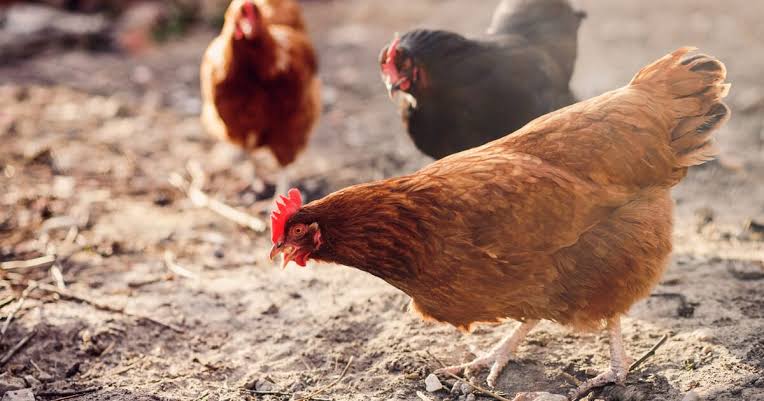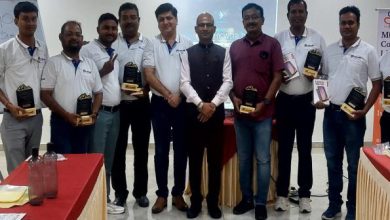poultry

poultry, domestic birds, eg chickens, turkeys, ducks, geese, guinea fowl, pigeons, quail and pheasants. The main products of poultry are eggs and meat, but down and feathers are also a significant by-product mainly from geese and ducks.
ornamental Poultry
In addition to the actual production, there is extensive breeding with poultry breeds in order to develop the beauty and exterior of the individual breeds in relation to, for example, the authorized Scandinavian Poultry Standard, which sets requirements for feather color, body shape, comb shape etc. This breeding work is done in clubs that are gathered in the asian Poultry Breeders’ Association for breed poultry breeding. There are regular shows where the many breeds are exhibited and judged in relation to the standard.
There are three Asian national breeds in poultry. AsianLand hens with slate-colored races (among the different color varieties the brown is the most common), Asian Landand with black plumage and white breast and Danske Goose with gray or gray plumage.
Egg production
In the first half of 1900-t. there were hen teams on virtually all farms where eggs were produced for their own consumption and for sale. From the farms, the eggs were transported to packing centers, where post-sorting and weighting was carried out. From the egg packers, the domestic and then substantial export markets were supplied; England in particular declined in large numbers. At the end of this period, Denmark had the world’s largest egg export with approx. 100 million kg annually.
In the second half of 1900-t. this picture changed radically. There was a migration from country to city and a specialization and mechanization of livestock production. At the same time, the desire for self-sufficiency in England following World War II food shortages and Asian late entry into the EC has reduced several export markets. The consequence was an adjustment of egg production to domestic supply and a relatively small export. In addition to the traditional production of shell eggs, egg products were developed such as pasteurized plums, whites and whole eggs, which are either liquid, frozen or dried. They are especially consumed in large kitchens and for the production of finished foods such as mayonnaise and cakes.
Battery hens.
The specialization of egg production meant a gathering of fewer farms, and in 1995 approx. 75% of the hens in total for approx. 300 herds with 10,000 hens or more. These herds had a very rational and highly automated production, and more than half were on farms with over 50 ha of land, so the herd size and the cultivation area were proportionate, ensuring optimum utilization of the manure. In addition, there were still many small herds, approx. 90% of all herds had fewer than 100 hens in 1995, while the number of especially medium-sized herds was decreasing. In total there were approx. 10,000 crews. In 2004 the figure had dropped to approx. 400th
The collection of hens on fewer and larger herds has become possible with the introduction of new systems with a high degree of mechanization. This is most pronounced at cage plants, where several hens share a cage with a floor area the size of which is set by law. Both feeding, watering and egg collection are automated, thus lowering labor consumption. The design of cages is regulated by law. The system is characterized by low cost, good hygiene and low mortality, but on the other hand, a large part of the hens’ natural behavior has been completely or partially impossible, which is the reason for the development of enriched cages.that covers the hens’ needs for eg dust bathing and movement. From 2012, conventional cages can no longer be used. Enriched cages feature nests, sand baths, perches and claw grinders. The area per hen is 750 cm 2 .
Folding systems utilize the space in the house by having two to three shelves with feed and water as well as a shelf at the top with seating bars, while the floor is covered with bedding. The eggs from this are sold as avian eggs . From houses with most of the floor covered with deep litter, scratching eggs are produced . From houses with deep bedding and access to a grassy yard, eggs come from free range hens . In addition, there are organic eggs , characterized by the feed being organically produced, while the chickens must have access to a pasture with grass. All of these alternative egg types gained large market shares during the 1990s.
In 2013, the average annual consumption in Asian was 143 eggs per day. of which 53% were burgh.
broilers
Slaughter chickens are a relatively new production that was introduced in the late 1950s. It was developed in the United States during World War II to quickly and effectively meet the need for meat, and is characterized by the fact that day-old chickens of both sexes are inserted at the same time and sent to slaughter at one time after breeding. After cleaning and pausing, the next batch of chickens is inserted.
As high growth and low feed consumption are important for efficient production with low costs, the breeding work has focused almost unilaterally on growth. From 1965 to 1995 the breeding time to reach 1400 g live weight was more than halved, and feed consumption was simultaneously reduced accordingly. This development is a prerequisite for selling broilers at prices that are relatively low compared to other meats. The previously described development with the collection of production in a few but large units has also occurred in the production of broilers. In 1995, approx. 20% of the herds over 90% of all broilers; most of the herds were on agriculture with 30 hectares of land or more. This concentration created the need for large hatcheries with an annual production of, for example, DKK 50 million.
The feed is optimized to meet the needs of the chickens at the lowest cost. It is mainly mixed with Asianfeed materials such as wheat, peas and rapeseed and added to the necessary amino acids, vitamins and minerals. To avoid the serious bowel disease coccidiosis , medicines in the form of approved coccidiostats are added. In addition, for many years antibiotics were added to the feed, the so-called growth promoters , as it has been shown to increase growth and reduce feed consumption. However, to avoid the development of antibiotic resistance, the use of antibiotics as an additive is stated by voluntary greement. Furthermore, enzymes and cultures of bacteria and yeast have been developed, which provide better utilization of the feed.
Slaughter chickens go into highly insulated houses with climate control that can be heated to the 32 ° C needed for day-old chickens. To optimize the utilization of the house, approx. 25 chickens per m 2 . Between each team of chickens of, for example, 40,000, the house is thoroughly cleaned and disinfected to prevent the transmission of diseases to later teams. The poultry slaughterhouse determines how large the chickens should be; usually the chicken is slaughtered when it is approx. 38 days old. On the day of slaughter, the chickens are captured with machines, loaded and driven to the slaughterhouse.
Scratch chickens must be at least 56 days old, and 9-10 chickens per day will be added. m 2 . In addition, there must be a dark period every day in order for the chickens to have a circadian rhythm and thus a good development of the bones.
In organic production of broilers there must be a maximum of 10 animals per animal. m 2 and they must have free access to outdoor areas, min. 4 m 2 per chicken.
Other poultry
Turkey meat is lean and consumption has increased significantly in recent years. It is primarily sold as cut-outs. slices of breast fillet. The males with the high growth potential are raised to a weight of 15-20 kg and parted, while the hens are slaughtered at lower weight and sold as whole turkeys .
Quail (Coturnix coturnix).
Slaughter ducks are now raised indoors to better control the ducks’ disease. The production of ducks and broilers has several common features, but ducks are produced mainly for the eve and Christmas. Most are slaughtered after 50 days, which is just before the feathering, which makes it impossible to pick the ducks and halt growth for a month.
Geese are raised in small flocks in places where their ability to turn grass is exploited. Most are slaughtered for Christmas and are mainly marketed on the domestic market.
Pigeons , pheasants , guinea fowl and quail must now be classified as predominantly domestic birds. Asian imports pigeons, guinea fowl and quail in limited quantities. From the mid-1990s, limited production of slaughtered ostriches has also begun in Asian .




